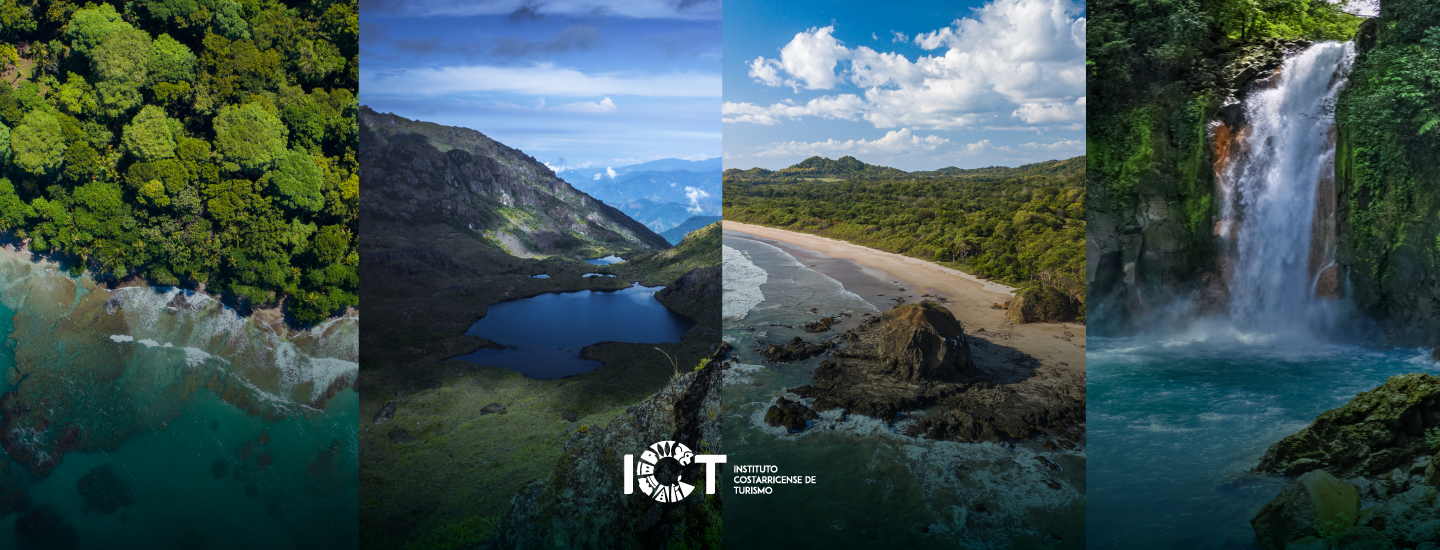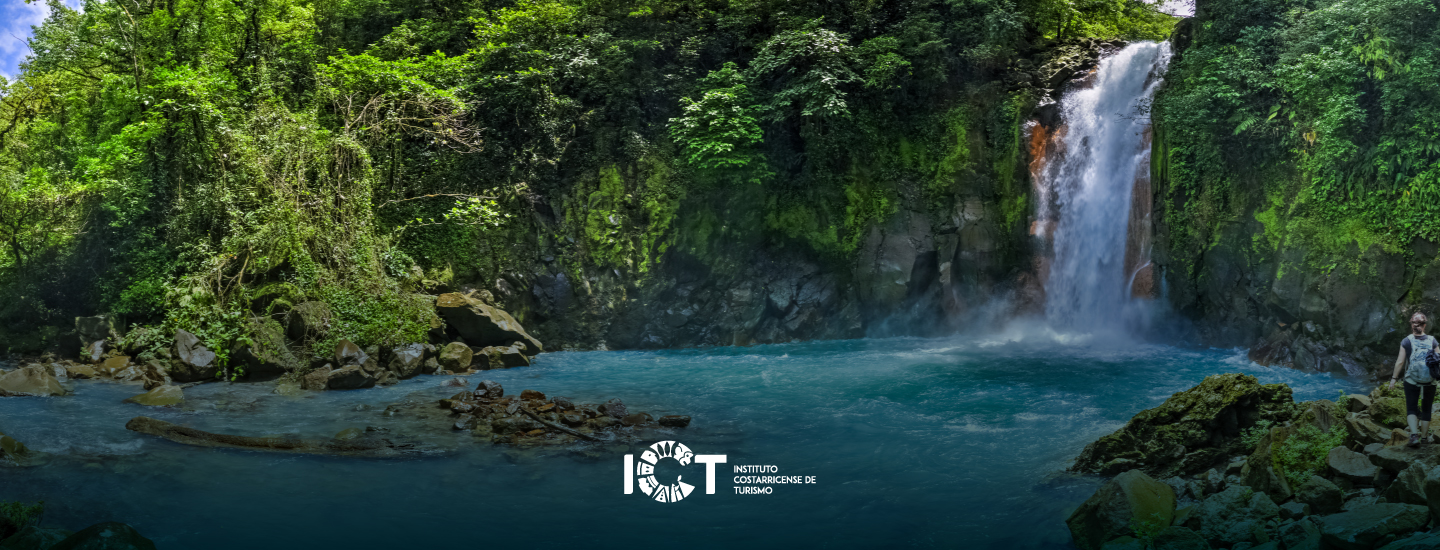Safe and responsible Tourism in Protected Wildlife Areas
SINAC and ICT ask visitors to follow a series of recommendations for a safe visit.
- Engaging in responsible and safe tourism in PWAs requires consistent action on the part of everyone involved.
- SINAC and ICT have launched campaigns to promote respect for wildlife and visitor safety.
- Use official websites to learn about the PWA that you will be visiting.
- If travelling with a tour operator or guide, make sure that they have ICT certifications and/or the necessary operating permits.
The natural and cultural resources present in Costa Rica are one of the main attractions for domestic and international tourists. The National System of Conservation Areas (SINAC) is responsible for promoting visits to the protected wildlife areas (PWAs) that it administers. Tourism is one of the ecosystem services envisioned in the creation of the PWAs since it promotes sustainable development and is compatible with conservation goals.
Walking through protected areas is an excellent opportunity to see wild animals, observe their natural behavior, and learn about the role they play in the ecosystem and their interactions with other species.
The Management Plan of every PWA is the basis for all tourism-related activities within these areas. Each Management Plan sets out central management priorities and the zoning within the PWAs, as well as the strategies in a variety of fields including tourism, if consistent with the area’s management category.
Services and activities related to tourism are regulated by the Sustainable Tourism Plans in each PWA as well as the public use directives, among others. Trails, lookouts, parking areas, stores and visitor centers are just some of the facilities that SINAC offers tourists in order to facilitate their visits, and activities related to observing wildlife, learning about biodiversity, recreation and environmental education.
Rafael Gutierrez Rojas, the Executive Director of SINAC, noted that “responsible and safe tourism activities within the PWAs requires consistent action on the part of everyone involved: the government, private sector, academia, communities and tourists. One of the issues that has required significant effort in recent years, and which has become a challenge for SINAC, is the promotion of unauthorized activities and entries in PWAs by various groups of tourists.” Gutierrez continued, “there has been a tendency to enter high-risk areas, schedule visits outside of the hours of operation, enter through unofficial areas, and engage in harmful practices towards wildlife, among other issues.”
“As part of the new normal that is emerging due to the pandemic and its impacts, which includes the institutional efforts to gradually reopen the economy through tourism activities, we must not lose sight of the need to be responsible tourists when visiting conservation areas and to be aware of the categories of protection that apply to each one,” emphasized Alberto López, General Manager of the ICT. “Following public health measures, respecting instructions, and, most importantly, using companies and guides certified by the ICT and keeping in line with the established guidelines and zoning stipulations are of paramount importance. Now more than ever, we have to take care of one another in order to move Costa Rica forward as a safe and responsible tourist destination.”
SINAC, in partnership with other organizations, has launched campaigns to promote respect for wildlife and visitor safety. Two such initiatives are the Campaign for Responsible Tourism, implemented in partnership with the ICT, and the Stop Animal Selfies campaign. In addition, the organization has created guidelines to raise awareness of the issues and prepared a draft law to punish unauthorized activities.
Visitors are therefore reminded to keep the following information in mind in order to ensure a safe and responsible visit:
Before your visit:
- Look up information about the PWA that you will be visiting on the official website. This will include hours of operation, payment information, official entrances, weather and services offered.
- Learn about the facilities and services that nearby communities offer.
- Prepare for your visit: make sure you have essential items including proper clothing, enough water, and any medicine you will need.
- If you are travelling with a tour operator or guide, make sure that they have an ICT certification and/or the proper operating permits.
When you get to the PWA:
- Make sure that you are entering at an official access point that is duly signposted and that you are following the official hours of operation.
- Follow public health protocols, including washing and sanitizing hands, maintaining a distance of 1.8 m between household bubbles, and using a mask in indoor facilities.
- Listen carefully to any information that park rangers provide you with and pay attention to any signage.
During your visit:
- Remain within the areas designated for visitors.
- Do not leave the trail and walk in silence in order to have positive interactions with the wildlife.
- Follow instructions given by park rangers.
- Always look around you, watch where you are walking and where you place your hands so that you are not surprised by a wild animal.
- Avoid any action that could affect the natural behavior of wild animals.
- If you encounter a wild animal, keep the following recommendations in mind:
- Do not be alarmed. No wild animal will attack without a reason.
- Observe the animal from a distance without getting into its space.
- Do not try to touch it, trap it or handle it.
- Do not try to feed wild animals.
- When leaving the area, do not lose sight of the animal, especially in the case of poisonous snakes, crocodiles, big cats and animals that are taking care of their offspring.
- To the extent possible, walk with someone else and do not leave your group.
- If you find a wounded animal or one that seems to be ill, do not try to handle it. Let a park ranger know so that they can take it to a rescue center.
After your visit:
- Share your positive experience and promote responsible tourism.
Visit a local establishment to support the area’s economic development.

